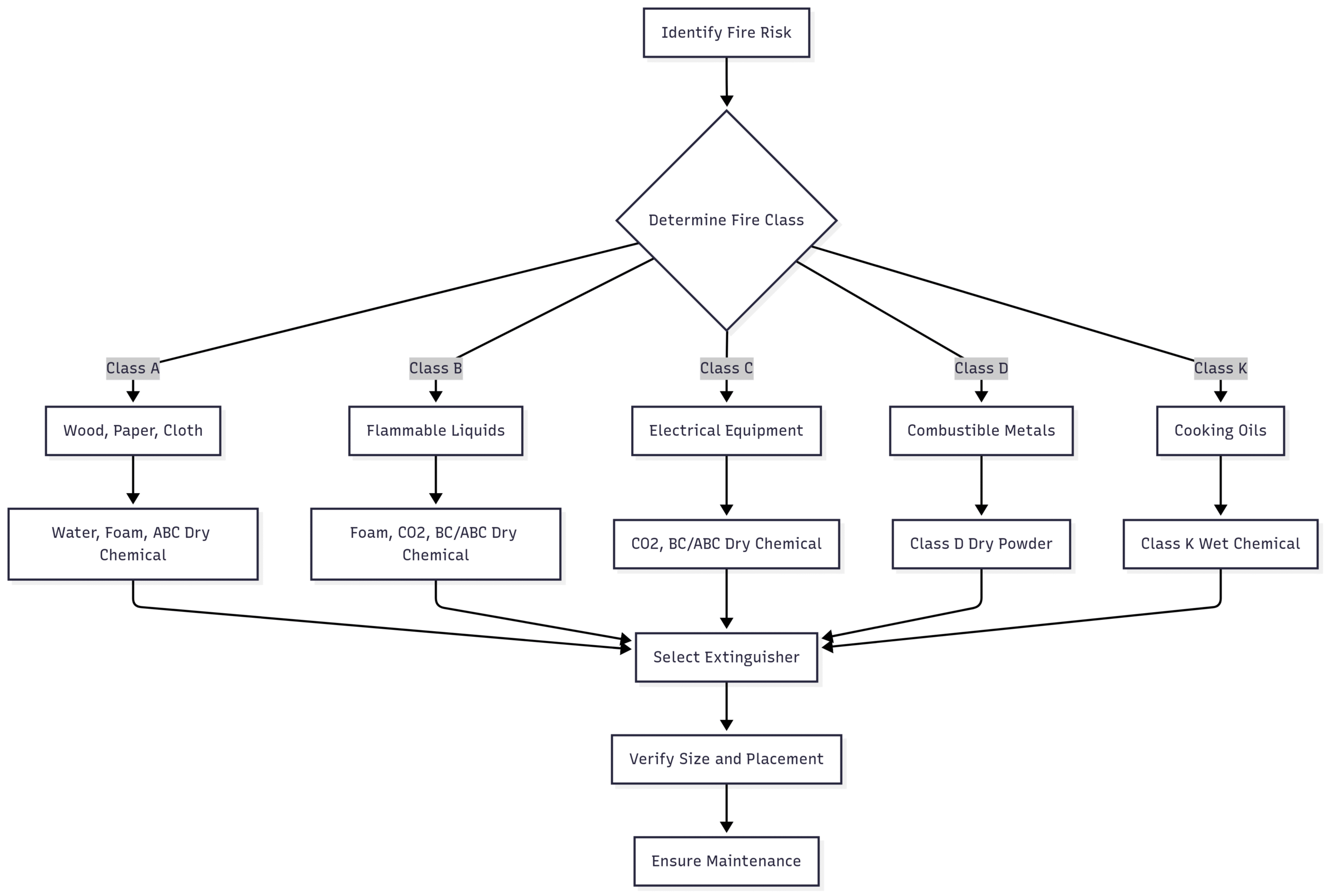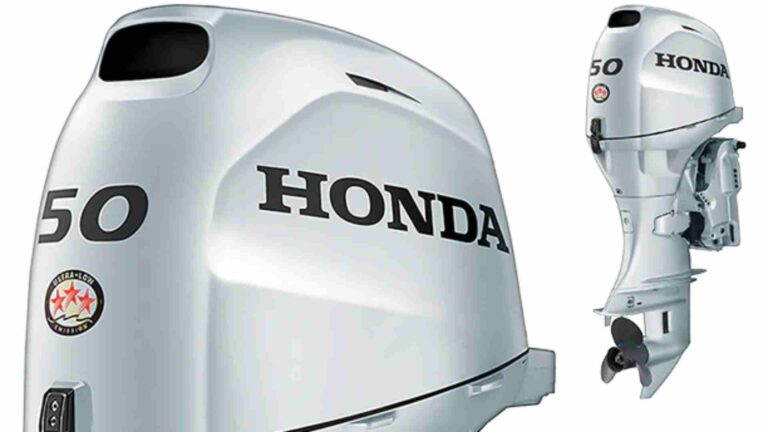ABC’s of Portable Fire Extinguishers
Master the ABCs of portable fire extinguishers: learn fire classes, extinguisher types, usage, and safety tips to protect your home or workplace.
Fires are a leading cause of accidental deaths in the United States, claiming lives and causing significant property damage annually. Despite their prevalence—over 150 workplace fires occur daily—many people remain unprepared to handle fire emergencies. Portable fire extinguishers are critical tools in combating small fires before they escalate, but their effectiveness depends on understanding their types, applications, and proper use. This guide explores the ABCs of portable fire extinguishers, covering fire classes, extinguisher specifications, usage techniques, maintenance, and safety protocols to empower individuals and organizations to enhance fire safety.
Understanding Fire: The Science Behind Combustion
Fire is a chemical reaction known as rapid oxidation, requiring three elements to ignite and sustain itself: fuel, oxygen, and heat. These components form the “fire triangle,” and removing any one extinguishes the fire.
- Fuel: Any combustible material, such as wood, gasoline, or metal, that can vaporize and burn.
- Oxygen: Found in air at approximately 21%, fire requires at least 16% oxygen to sustain combustion.
- Heat: The energy needed to raise the fuel’s temperature to its ignition point, releasing flammable vapors.
A fourth element, the chemical chain reaction, perpetuates the fire when these components are present in the right proportions. Disrupting this reaction—by cooling the fuel, smothering the fire, or inhibiting the chemical process—extinguishes it.
Fire Classes: Identifying the Threat
Fires are classified based on the type of fuel involved, and each class requires specific extinguishing agents. Using the wrong extinguisher can worsen a fire, making it critical to understand these distinctions.
| Fire Class | Fuel Type | Examples | Recommended Extinguishers |
|---|---|---|---|
| Class A | Ordinary combustibles | Wood, paper, cloth, rubber, plastics | Water, Foam, ABC Dry Chemical |
| Class B | Flammable liquids/gases | Gasoline, oil, paint, propane | Foam, CO2, BC/ABC Dry Chemical |
| Class C | Electrical equipment | Wiring, appliances, fuse panels | CO2, BC/ABC Dry Chemical |
| Class D | Combustible metals | Magnesium, titanium, sodium | Dry Powder (Class D-specific) |
| Class K | Cooking oils/fats | Grease, cooking oil | Wet Chemical |
Class A: Ordinary Combustibles
Class A fires involve materials that burn and leave ash, such as wood, paper, and cloth. These fires are common in homes and offices. Water extinguishers are highly effective, cooling the material below its ignition point, while foam and ABC dry chemical extinguishers also work by soaking fibers to prevent re-ignition.
Class B: Flammable Liquids and Gases
Class B fires stem from flammable liquids like gasoline, oil, and paint. Water is ineffective and dangerous, as it can splash the burning liquid, spreading the fire. Foam extinguishers are ideal, creating a blanket that smothers the fire’s vapor layer. CO2 and dry chemical extinguishers also disrupt the oxygen supply or chemical reaction.
Class C: Electrical Equipment
Class C fires involve energized electrical equipment, such as wiring or appliances. Non-conductive agents are essential to avoid electrical shock. CO2 and dry chemical extinguishers are recommended, as water or foam can conduct electricity, posing severe risks.
Class D: Combustible Metals
Class D fires, typically found in industrial or laboratory settings, involve metals like magnesium or sodium. These metals burn at high temperatures and may produce their own oxygen, making them difficult to extinguish. Specialized dry powder agents absorb heat to cool the metal below its ignition point. Water can cause violent reactions with some metals, such as sodium.
Class K: Cooking Oils and Fats
Class K fires occur in commercial kitchens, involving grease or cooking oils. Wet chemical extinguishers are designed to saponify the oil, creating a barrier that extinguishes the fire and prevents re-ignition.
Portable Fire Extinguishers: Types and Specifications
Portable fire extinguishers are categorized by the fire classes they combat, with ratings indicating their capacity. Below is a detailed overview of common extinguisher types, their agents, and typical specifications.
| Extinguisher Type | Fire Classes | Extinguishing Agent | Typical Sizes | Approx. Price (USD) |
|---|---|---|---|---|
| Water | A | Pressurized water | 2.5 gal | $50–$100 |
| Foam | A, B | Aqueous film-forming foam | 1–2.5 gal | $80–$150 |
| Dry Chemical (ABC) | A, B, C | Monoammonium phosphate | 5–20 lbs | $30–$100 |
| Dry Chemical (BC) | B, C | Sodium bicarbonate | 5–20 lbs | $25–$80 |
| CO2 | B, C | Carbon dioxide | 5–20 lbs | $100–$200 |
| Dry Powder (Class D) | D | Sodium chloride-based powder | 5–30 lbs | $150–$300 |
| Wet Chemical (Class K) | K | Potassium acetate solution | 1.5–2.5 gal | $100–$250 |
Extinguisher Ratings Explained
- Class A: Rated numerically (e.g., 4-A), where the number multiplied by 1.25 indicates water equivalency in gallons. A 4-A extinguisher equals 5 gallons of water.
- Class B: Rated by square footage (e.g., 20-B), indicating the area the extinguisher can cover when used correctly.
- Class C: No numerical rating, only a letter indicating non-conductive properties.
- Class D: Letter rating only, with effectiveness varying by metal type.
- Class K: No standard numerical rating, designed for specific kitchen fire volumes.
Rechargeable vs. Disposable
- Rechargeable: Can be refilled after use or during maintenance. Ideal for commercial settings with frequent inspections. Higher initial cost but cost-effective long-term.
- Disposable: Single-use, requiring replacement after discharge. Suitable for home use, with lower upfront costs ($20–$50).
Selecting the Right Extinguisher
Choosing an extinguisher depends on the environment and potential fire risks. Key considerations include:
- Environment: Homes benefit from ABC dry chemical extinguishers for versatility. Kitchens require Class K extinguishers, while labs may need Class D.
- Size: Select the largest extinguisher manageable by users. A 5-lb ABC extinguisher is common for homes, while 10–20 lbs suits commercial spaces.
- Placement: Store extinguishers on every floor, near exits, and close to high-risk areas like kitchens or garages. Ensure visibility and accessibility, mounting at reachable heights.
- Maintenance: Rechargeable extinguishers require annual professional inspections, while disposables have a shelf life of 10–12 years.
For homes, a 5-lb ABC dry chemical extinguisher (approx. $40) is recommended for its versatility. Commercial kitchens should invest in a 2.5-gal Class K extinguisher ($150–$200).
How to Use a Fire Extinguisher: The PASS Technique
Using a fire extinguisher correctly can mean the difference between containing a small fire and facing a disaster. The PASS technique is a simple, universal method:
- Pull the pin to break the tamper seal.
- Aim the nozzle at the base of the fire, not the flames.
- Squeeze the handle to release the extinguishing agent.
- Sweep the nozzle side to side, covering the fire’s base.
Safety Tips During Use
- Keep your back to an exit to ensure a clear escape path.
- Maintain a safe distance (6–10 feet) from the fire.
- Evacuate if the fire spreads, smoke fills the room, or the extinguisher empties.
- Call 911 immediately after extinguishing a fire, as hidden embers may reignite.
When Not to Fight a Fire
Fire extinguishers are designed for small, contained fires. Do not attempt to fight a fire if:
- The fire is spreading beyond its starting point.
- Your escape route is threatened.
- The fire could block your only exit.
- You lack adequate equipment or training.
In these cases, evacuate immediately and call emergency services.
Fire Prevention Strategies
Preventing fires is as critical as knowing how to extinguish them. Below are class-specific prevention tips:
Class A
- Clear trash and debris from storage and work areas.
- Store oily rags in covered, metal containers.
Class B
- Refuel equipment only when cool, in well-ventilated areas.
- Store flammable liquids in spill-proof, tightly sealed containers, away from ignition sources.
Class C
- Inspect wiring and appliances for wear or unusual odors.
- Avoid overloading outlets and use correct fuse ratings.
Class D
- Handle combustible metals with care, storing them in non-reactive liquids.
- Keep Class D extinguishing agents nearby in high-risk areas.
Class K
- Regularly clean kitchen exhaust systems to prevent grease buildup.
- Use deep fryers with automatic shut-off features.
Maintenance and Inspection
Regular maintenance ensures extinguishers are ready when needed. Follow these protocols:
- Monthly Checks: Verify the pressure gauge needle is in the green zone, and ensure the nozzle and hose are unobstructed.
- Annual Inspections: Hire certified professionals to inspect and service extinguishers, checking for leaks, corrosion, or damage.
- Post-Use Recharge: Refill or replace extinguishers immediately after use, as partial discharge can render dry chemical extinguishers ineffective.
For professional services, companies like Shield-Fire & Safety Solutions offer comprehensive inspections and recharging, ensuring compliance with safety standards.
Emergency Action Plans (EAPs)
An EAP is a written strategy to manage fire emergencies, outlining evacuation procedures, responsibilities, and escape routes. Key components include:
- Evacuation Routes: Primary and secondary paths, avoiding elevators.
- Assigned Roles: Designate leaders to verify evacuation and assist disabled individuals.
- Fire Drills: Conduct regular drills to test the plan and identify weaknesses.
- Special Needs: Identify workers or residents requiring assistance and assign helpers.
EAPs should be posted in visible locations, such as dorm rooms or office corridors, and reviewed annually.
Evacuating a Burning Building
Safe evacuation is critical during a fire. Follow these steps:
- Close, but do not lock, doors to slow fire spread.
- Stay low to avoid smoke inhalation, crawling if necessary.
- Use stairways, never elevators, for multi-story buildings.
- Feel doors with the back of your hand before opening; if hot, find another exit.
- Report to a designated assembly point for a head count.
If Trapped in a Burning Building
If escape is impossible:
- Seal door cracks with wet towels or tape to block smoke.
- Call 911, providing your exact location.
- Ventilate the room if safe, but avoid breaking windows unless necessary.
- Signal for help by waving at a window.
If Someone Catches on Fire
Act quickly using the STOP, DROP, and ROLL method:
- Stop: Instruct the person to halt movement.
- Drop: Have them fall to the ground.
- Roll: Roll them to smother flames, or use a blanket to extinguish the fire.
Fire Extinguisher Locations
Extinguishers should be strategically placed in:
- Corridors of academic and office buildings.
- Laboratories and mechanical spaces.
- Kitchens, garages, and workshops.
- Vehicles and storage facilities.
Mount extinguishers in marked cabinets or on red backing boards for visibility. Check local fire codes for specific placement requirements.
Chart: Fire Extinguisher Selection Process

This chart illustrates the process of selecting an extinguisher based on fire class, ensuring proper type, size, and maintenance.
Quiz: Test Your Fire Safety Knowledge
To reinforce learning, answer these true/false questions:
- Fire requires fuel, oxygen, and heat. True
- Fire needs 21% oxygen to sustain ignition. False (16% is sufficient)
- Class A fires involve wood and paper. True
- Class B fires include gasoline and propane. True
- Class C fires involve unpowered electrical equipment. False (Must be energized)
- Class D fires produce their own oxygen. True
- Water extinguishes Class D fires. False
- Clearing litter prevents Class A fires. True
- Refuel hot equipment in ventilated areas. False
- Higher-amp fuses are safe if marked. False
- Odors from electrical equipment signal fire risk. True
- Evacuate if a fire spreads. True
- CO2 is ineffective on Class A fires. True
- Water is unsafe on electrical fires. True
- One person evacuates all disabled individuals. False
- Fire drills test EAPs. True
- Lock doors during evacuation. False
- Elevators are safe during fires. False
- Test extinguishers by squirting briefly. False
- Leave immediately after evacuation. False
Conclusion
Mastering the ABCs of portable fire extinguishers equips individuals and organizations to prevent, manage, and survive fire emergencies. By understanding fire classes, selecting appropriate extinguishers, practicing the PASS technique, maintaining equipment, and implementing robust EAPs, you create a safer environment. Fire safety is not just about tools—it’s about knowledge, preparation, and swift action. Prioritize regular training, inspections, and drills to ensure readiness, and always evacuate and call 911 when a fire exceeds your control. With these strategies, you can confidently face fire risks and protect lives and property.
Happy Boating!
Share ABC’s of Portable Fire Extinguishers with your friends and leave a comment below with your thoughts.
Read Safe Boating: Fire Extinguisher Maintenance Guide until we meet in the next article.






